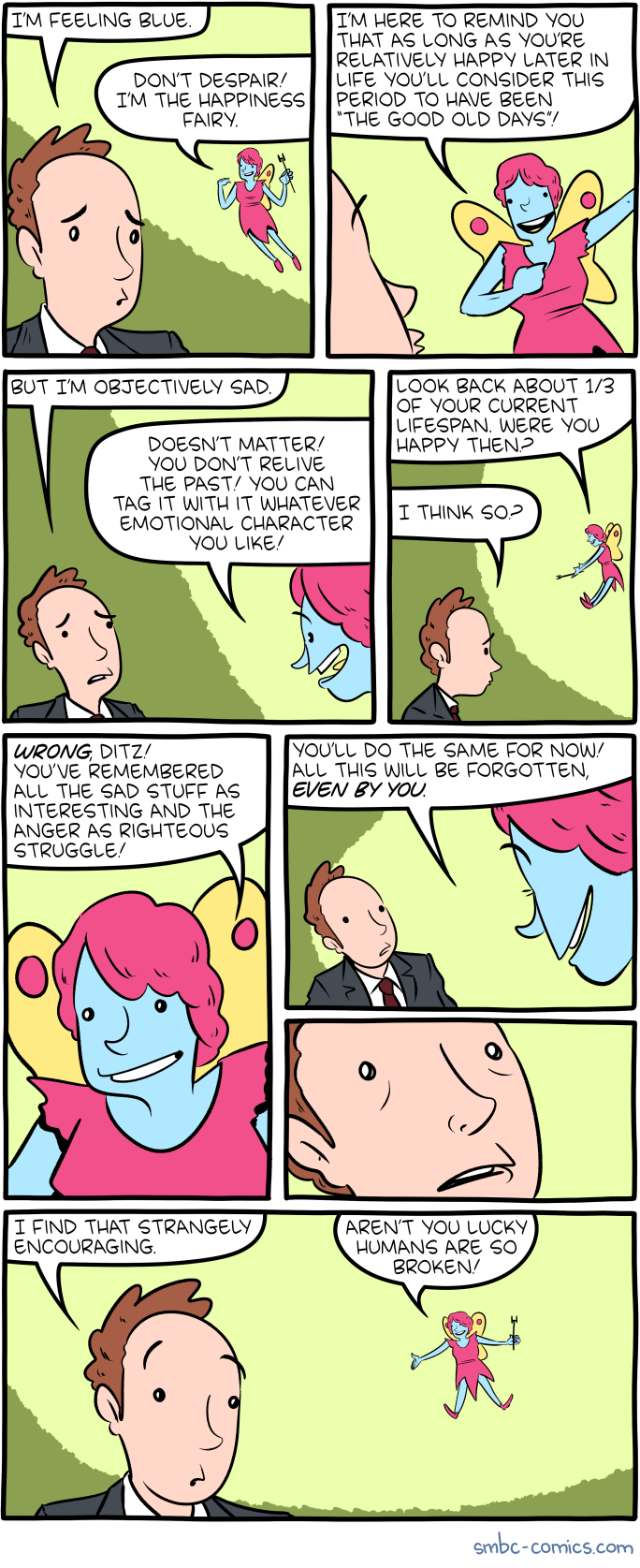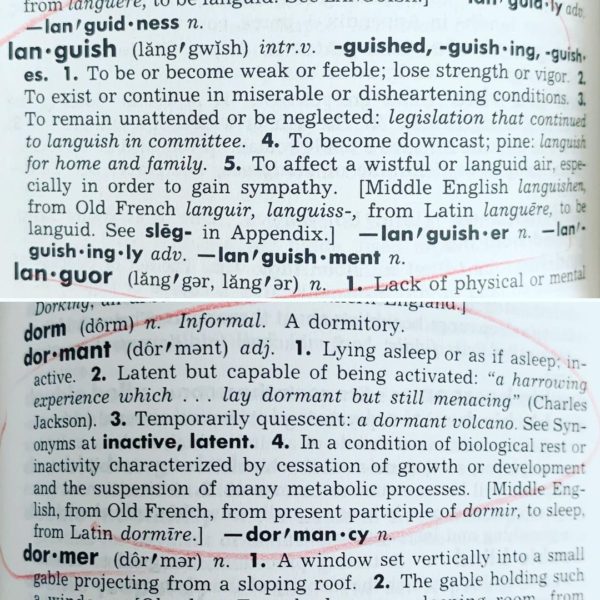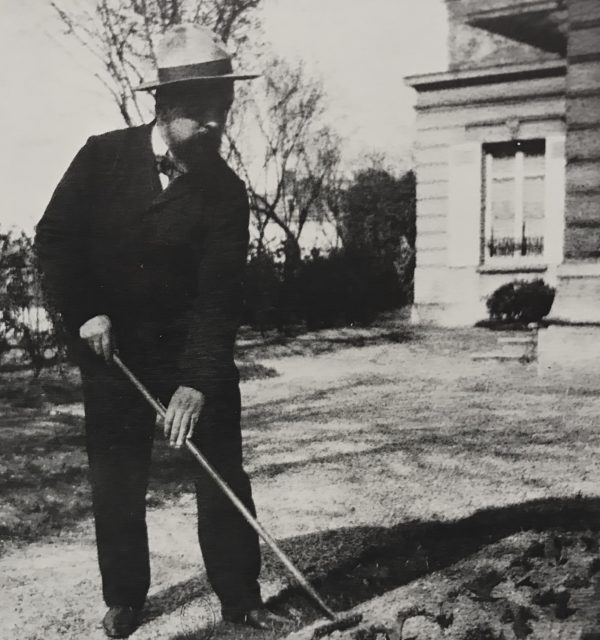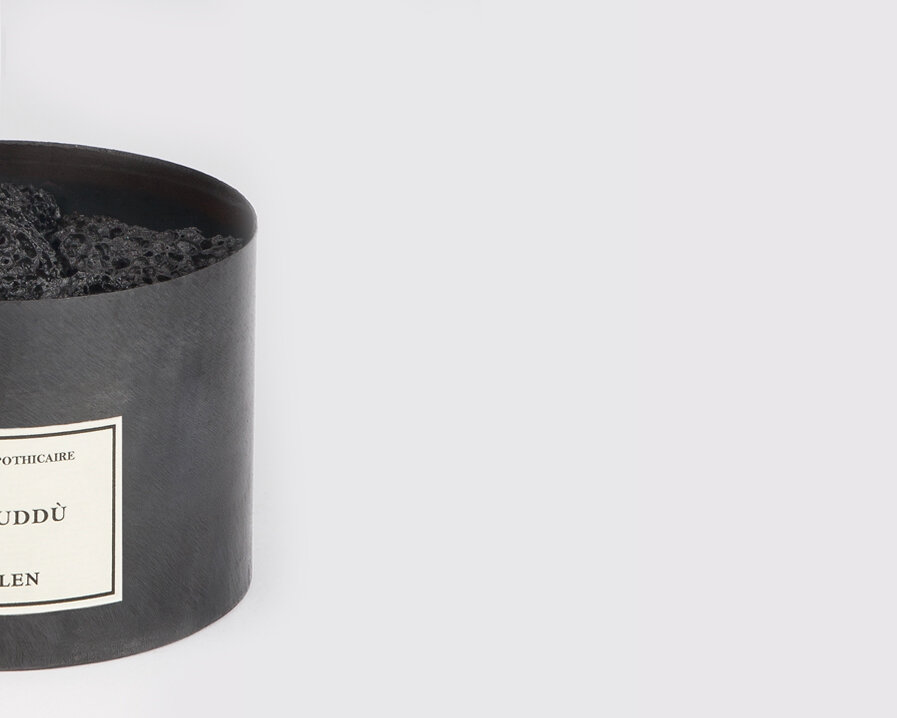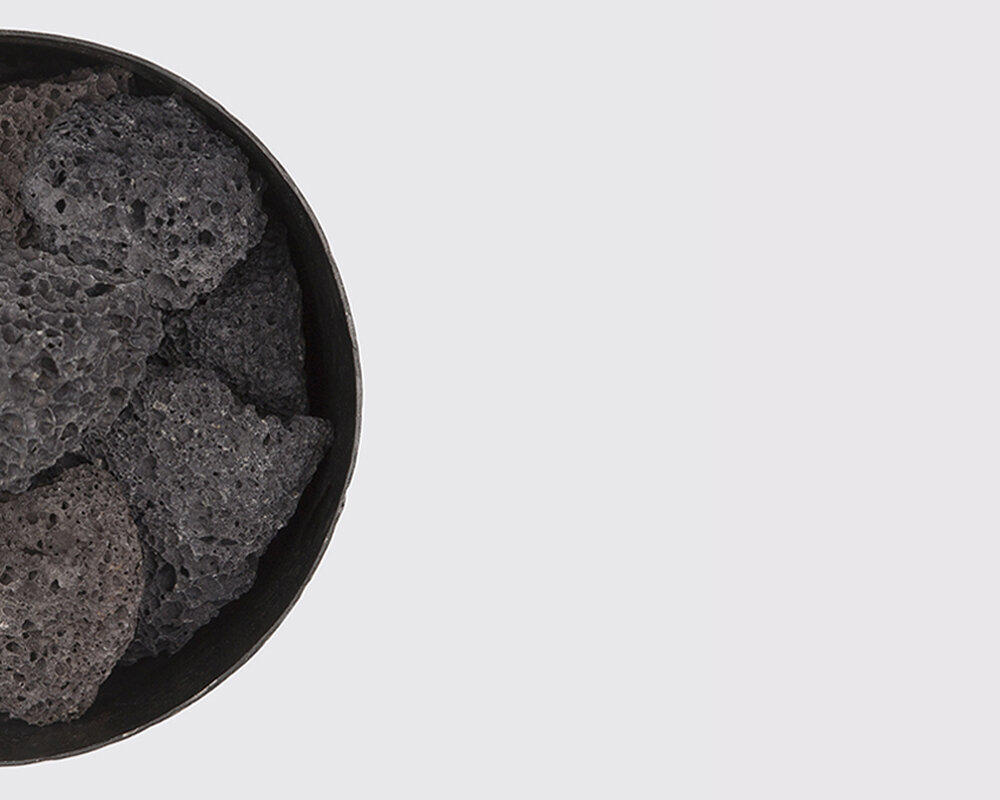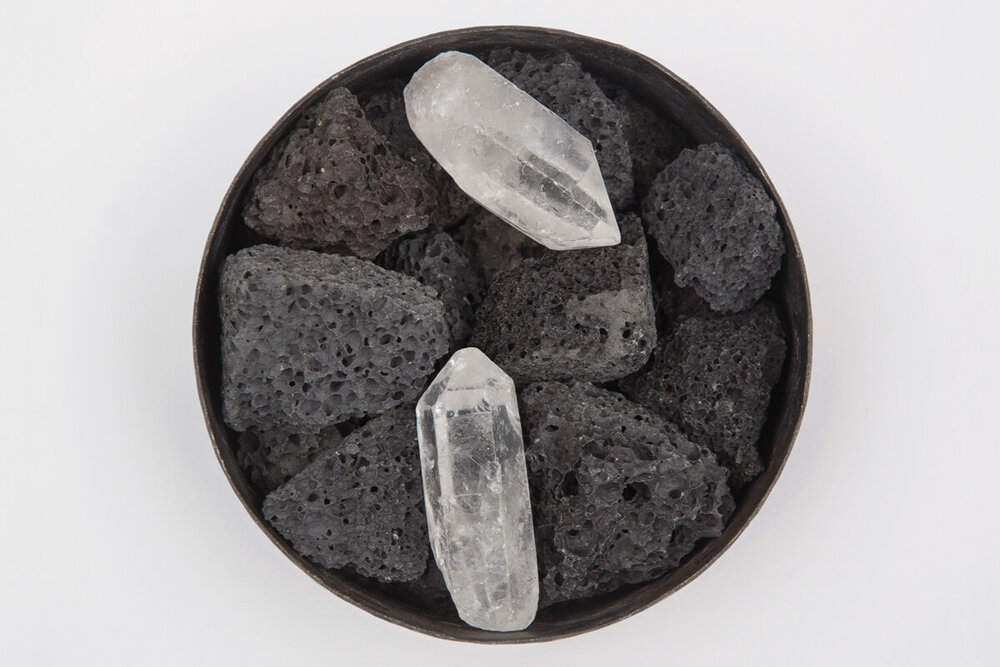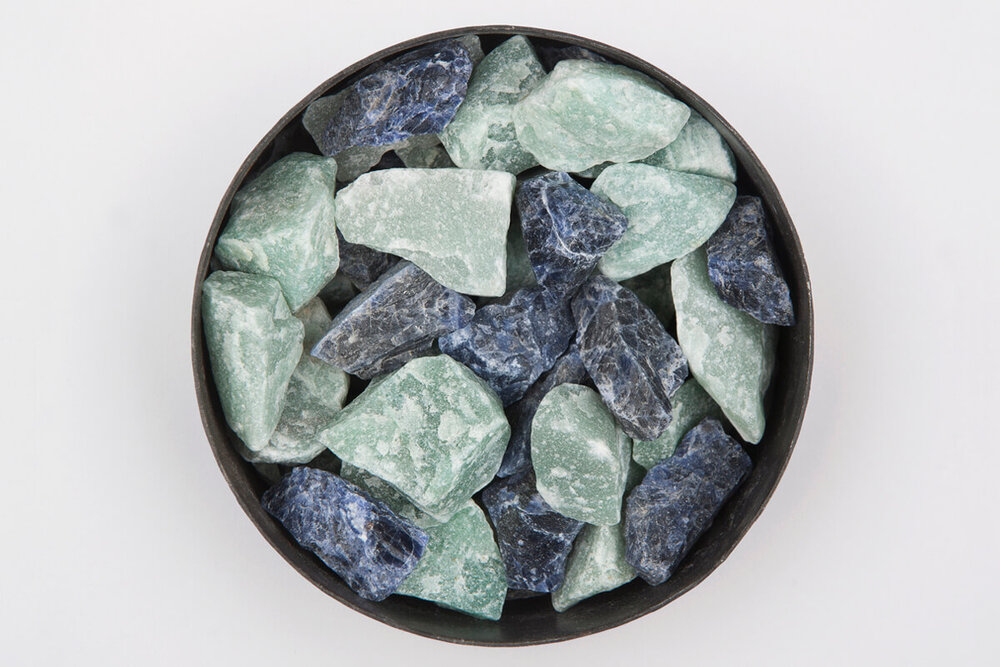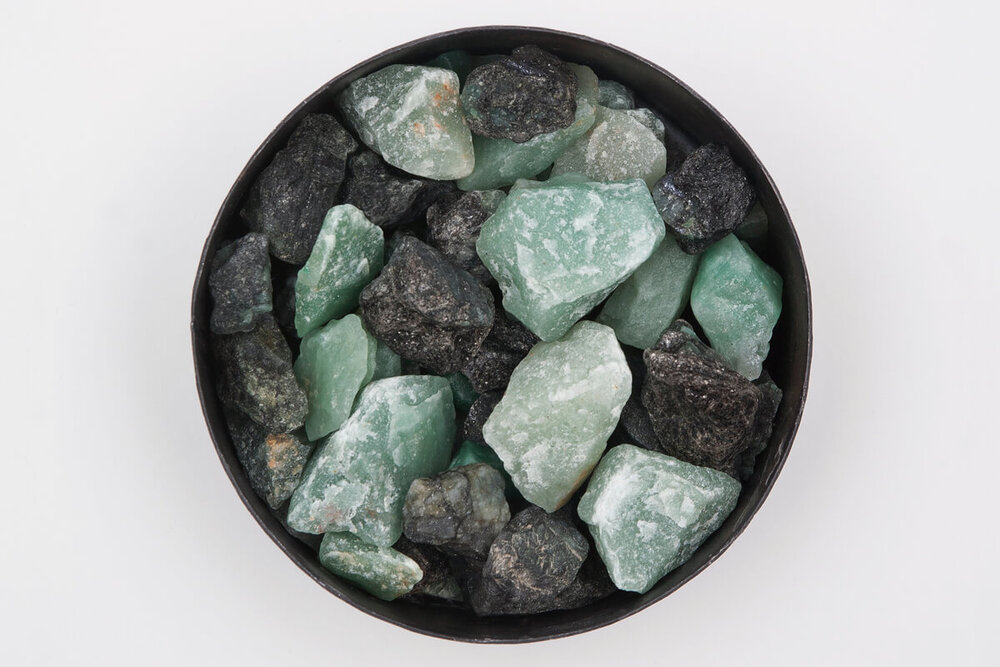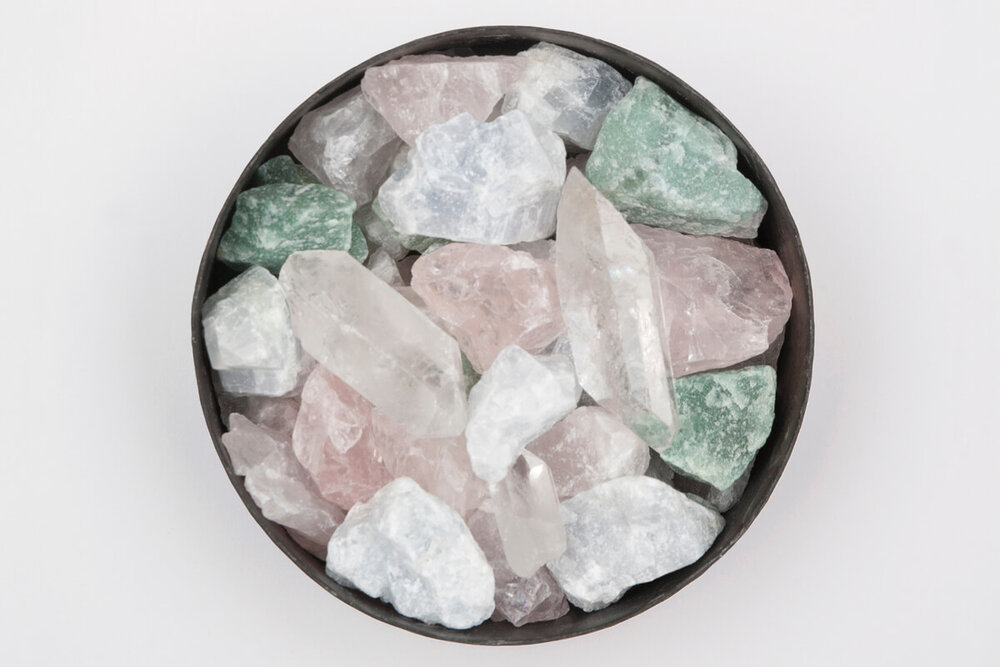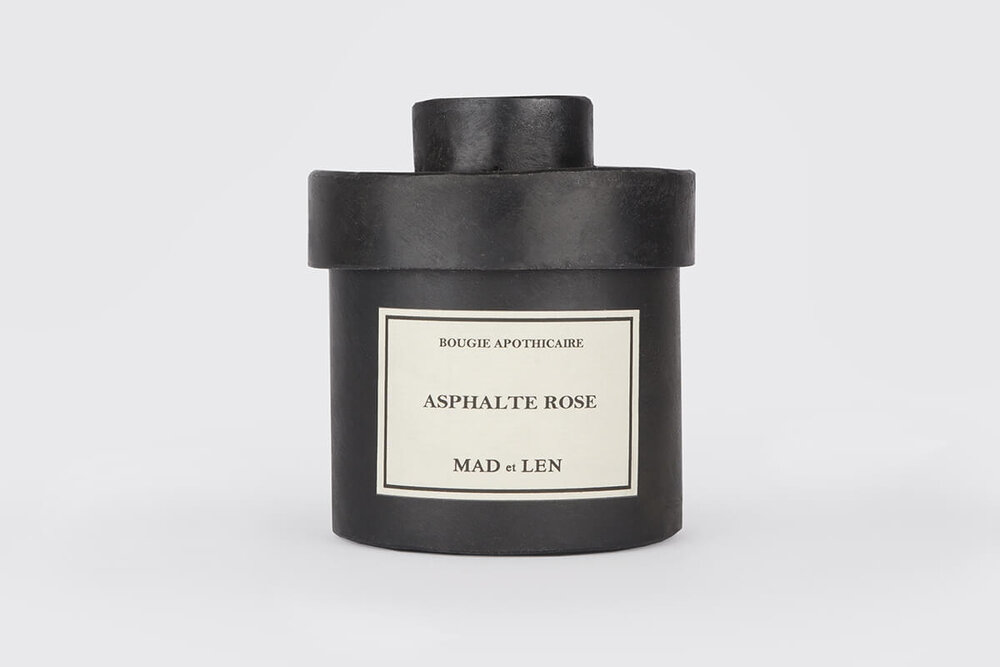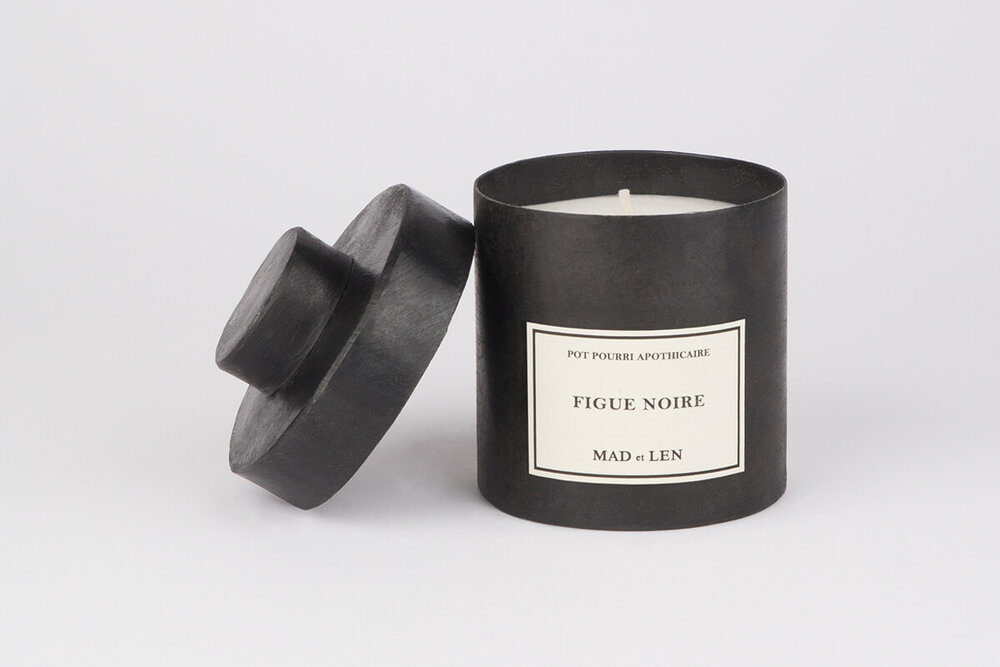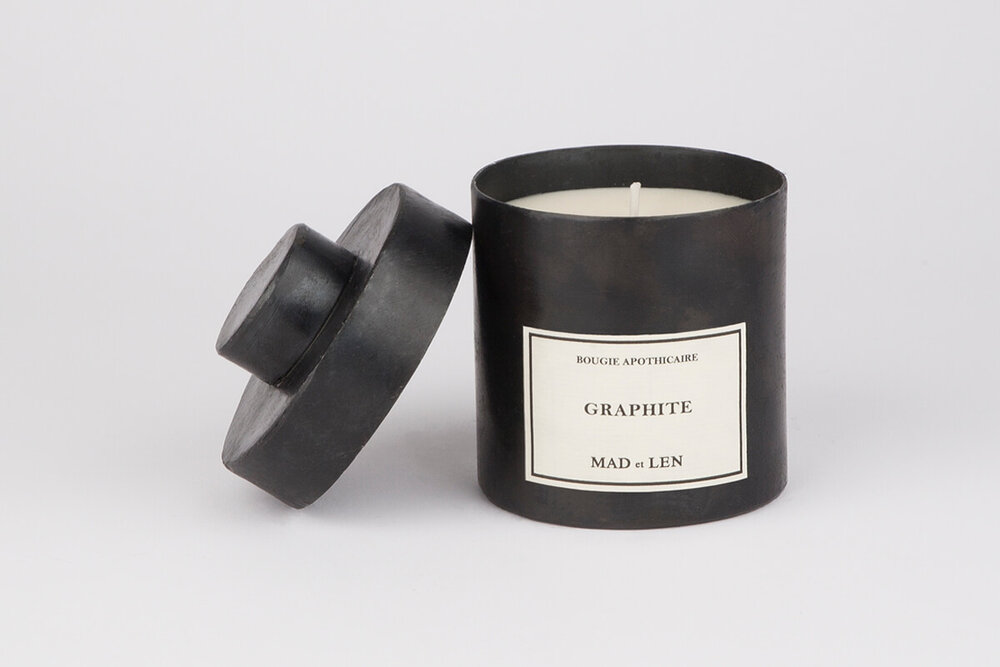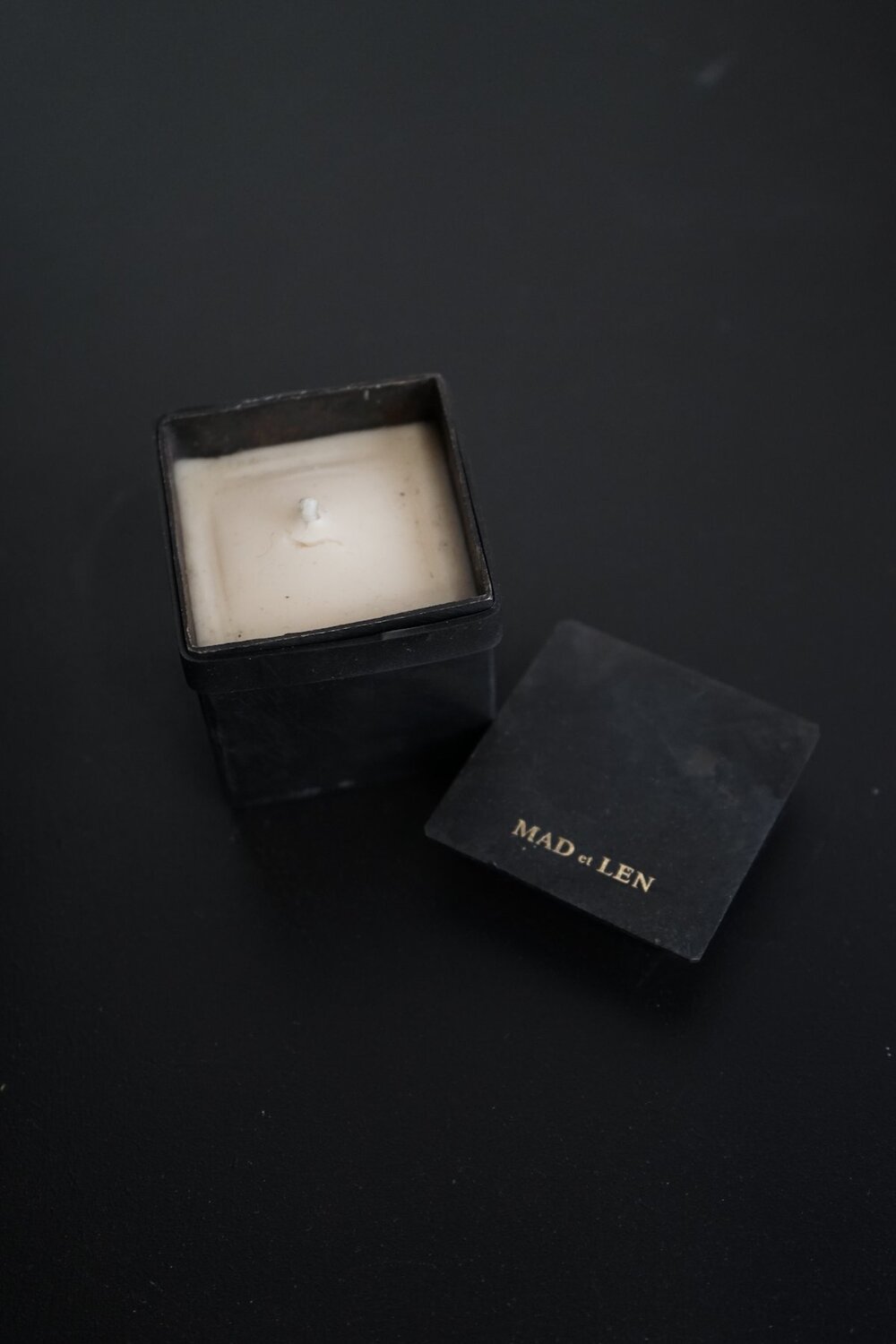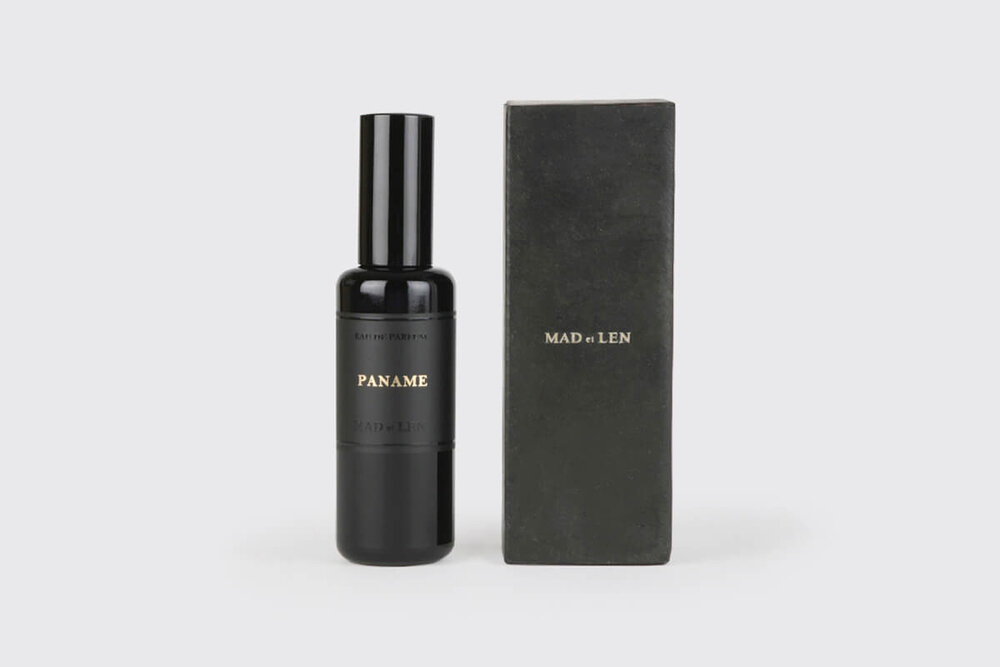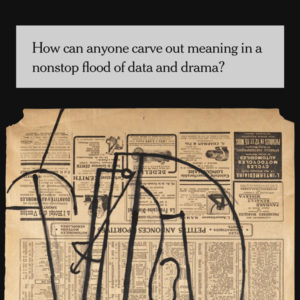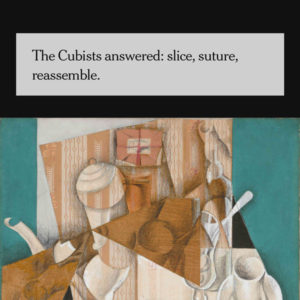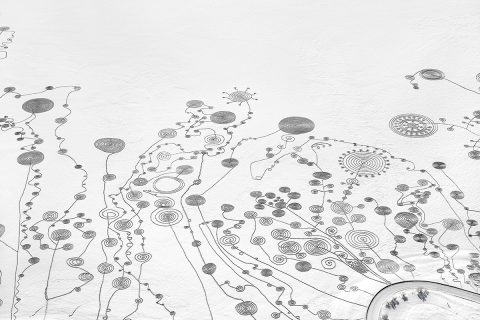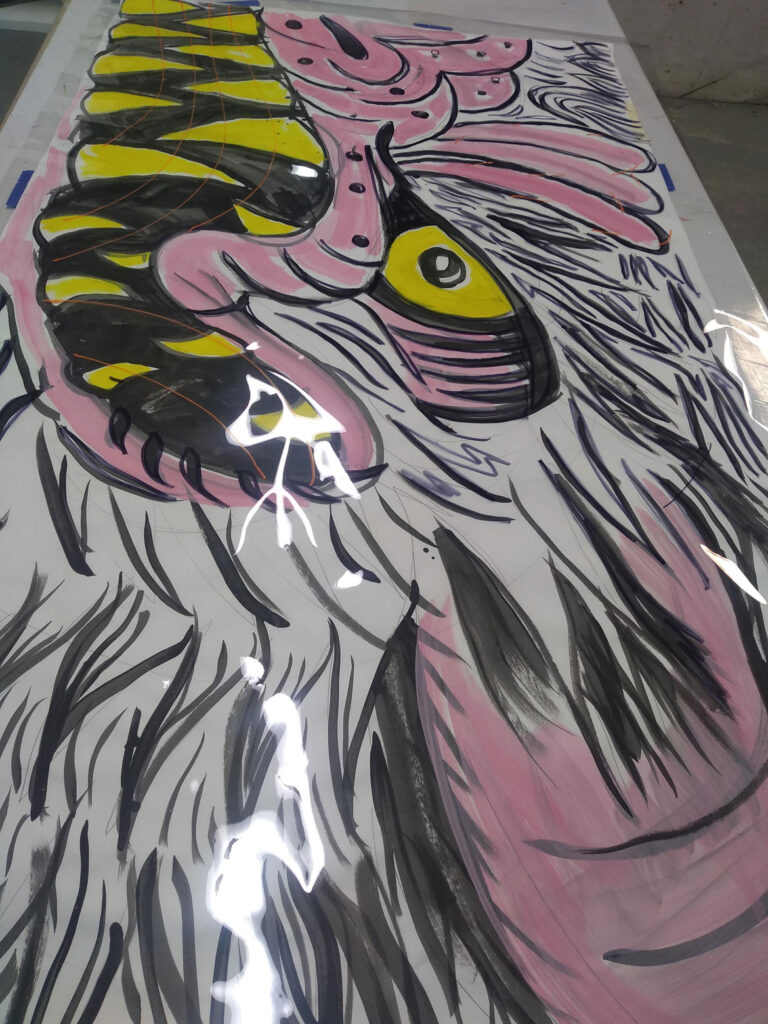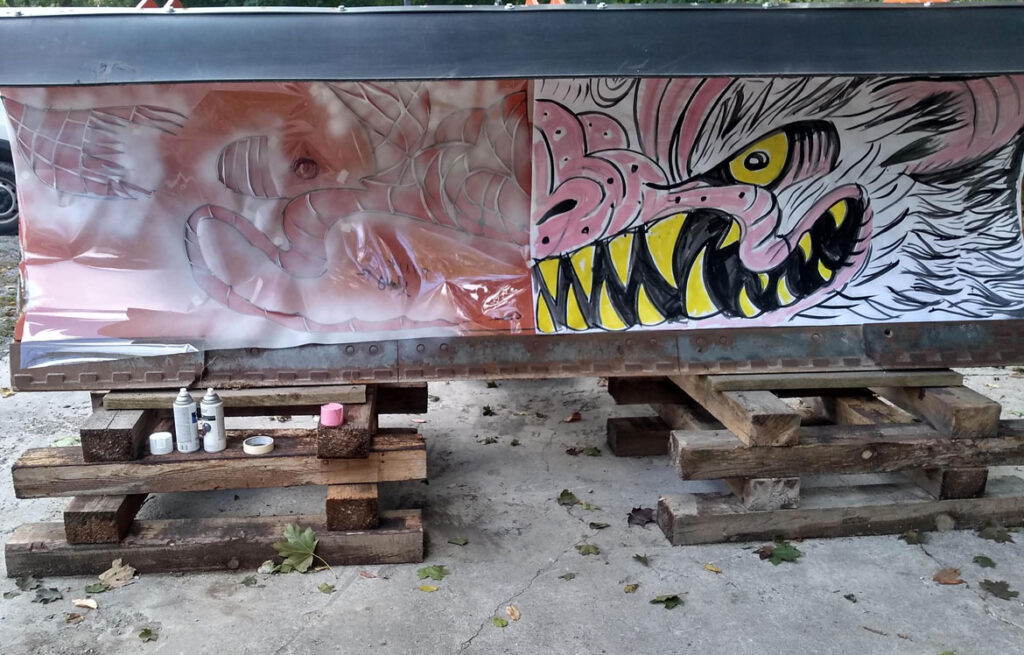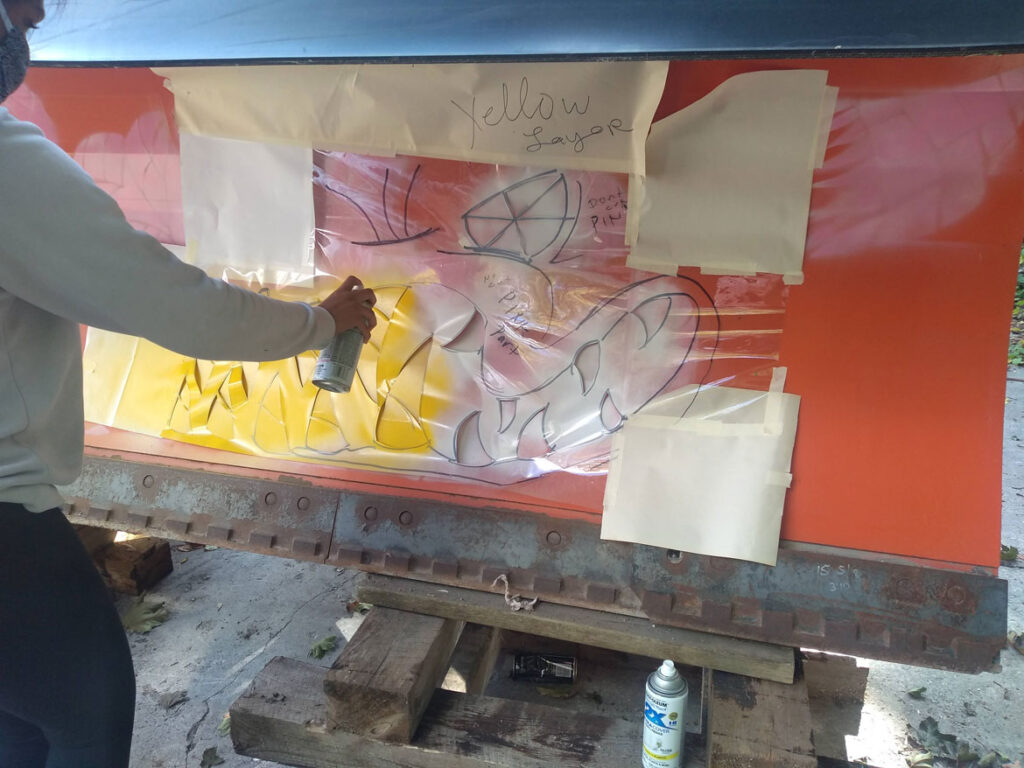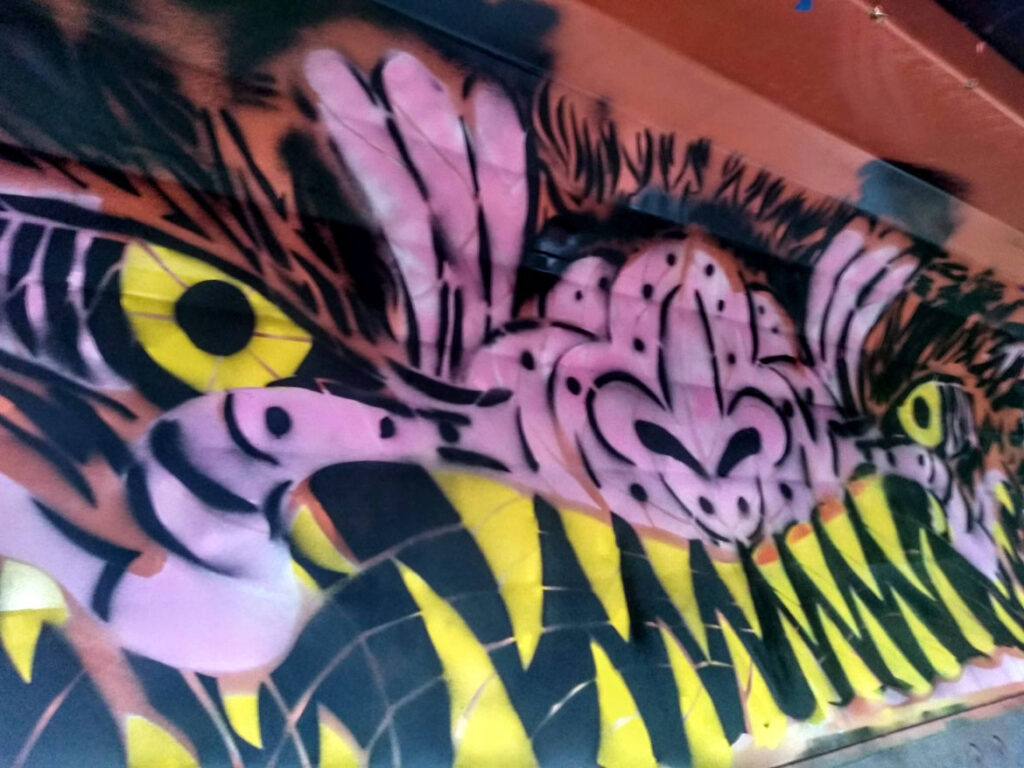Bumpersticker as public announcement of a private lesson learned.
Dear Emily,
I need your help. My wife and I rent a home so routine maintenance and repairs are done by the rental company. It is a pretty small company that employs probably no more than a dozen different repair people. Most of these guys we know because we have been renting from them for several years. Aside from the man who smoked two packs a day and reeked so much of smoke that a simple repair left your house smelling like a cheap motel room, they've all been generally great.
In late 2020, however, a black pick-up truck appeared in our neighborhood that featured many QAnon messages. The white handwritten messages stated things like: #SaveTheChildren. A neighbor brought it to my attention when he wrote an email to neighbors out of concern. "I don't want to delve too deeply into theories about pizza-loving lizard people but there is a black truck that I have now seen parked in 2 places around our little neighborhood today with a handwritten list of 2nd Amendment/Qanon hashtags prominently displayed on the back."
I did some light intel and realized that the truck belonged to a guy who had been hired by the rental company to do repairs. The company owns several properties on this block. Unsurprisingly, he is a white guy in his 30s roughly with a shaved head (or closed-cropped hairdo) who sometimes wears a knit-cap that has an American flag on it. I have yet to have a conversation with him, but I now know exactly who he is. (He did erase the writing on his truck just after the election.)
Here is the question. While he has yet to enter our house or yard, what if we have a repair or need that gets assigned to him? What would you do? Is this a person I should engage and start a conversation with? Should I ask about January 6th? Should I let him know that I know he is a Qanon dude? Should I tell the company that we are not comfortable with him?
Ordinarily I have no problem speaking with white, right wing dudes whose politics are different than mine. But this group seems really out there...
Please advise,
Your friend from Pennsylvania
Dear friend from Pennsylvania,
I don’t know what it is today, but I don’t feel like giving advice about anything. I feel like GETTING advice, but I also know that it won’t be coming anytime soon probably.
You know how at a certain age, you realize that nobody can help you and nobody can really comfort you? That the only real comfort is “inside you” from God probably, or at the end of a vigorous walk up a mountain or some crunches on the floor and a thermos of water and deep breathing or something? That you have to heal yourself, wring yourself dry of all the accumulated confusion and worry and digital detritus and lost treasure of underwater dreams that retreat from your memory like a beloved’s body sinking down, down, down from the wreckage? And you say, “Our Father who art in heaven…” or “Ommmmm,” or “Please, please, please,” or “I am all that I need. Everything will be fine! Everything is already fine!”
And how even the best novels and the wisest sermons and the most sublime music only heal you or entertain you—or whatever—to the extent that you’ve properly cultivated your own faculties? So really, it’s all on you?
Or how maybe the help that we seek is in silence? A $4 book I ordered arrived for me yesterday: Silence Is Yoga, by Swami Paramananda. He is the author, as well, of Self-Mastery, which makes the point that I’ve already arrived at myself thank you very much, that people are always rushing outside to seek help and guidance, but that all the help and guidance is inside ourselves, which is a funny point for a book to make, which presumably had to be sought out and purchased externally.
Looking at the cover of Yoga is Silence, Marshall asked me, “Is this a joke?” but it’s serious, about how there’s something valuable in silence that we cannot get to any other way.
But Marsh is right that it’s a great joke engine, to say “X is Y.” Let’s try it: Yogurt is Democracy.
If I were you, I think I’d just pretend I hadn’t seen the messages written on this maintenance guy’s black truck before he washed them off. (They could very well reflect the sentiments of the guy he bought his truck from last month. Or maybe he is mentally handicapped, or correct.) When he comes to the apartment, I think I’d keep the conversation on the topic of plumbing repairs. But if he made any comment about my framed Elizabeth Warren for President poster, I guess I would feel free to mention, in a casual way, that I think people’s emotions are the cause and solution to anything and everything. And that emotions come from thoughts. And so we should try to have worthy and well-informed thoughts, not stupid or inflammatory ones piped into us by a money-hungry machinery and angry strangers. (Then shrug and crack your gum, to indicate you know you could possibly be wrong.)
Your question is, in a way, about timing. WHEN is the time to be righteous and unyielding and magnificent? When is the time to be soft? When understanding? When do you make closing arguments? When do we live and let live, and when do we put our foot down?
Maybe think back to a time when you, against the odds, changed someone’s mind or made an ally out of an enemy or got along fine with someone with really dumb ideas. Then reverse engineer that. What were the elements of your past triumph?
Your question makes me try to remember the most peaceful I’ve ever been, or if I’ve ever managed to be admirably serene in the the face of some outrage. No impressive examples come to mind, except maybe how I am often able to very blissfully and magnanimously glide down the crowded aisles of my grocery store, even on Thanksgiving Eve, when everyone seems to be grumpy or stressed and jockeying for position.
I often feel full of affection and admiration and sympathy for every other person in the world, and that feeling is warm and calm. It must not be disturbed, though, by too much actual input from said other persons. For instance, just yesterday I shouted at my daughter, who had rudely told me repeatedly to “get out of my room” when I’d simply entered (after knocking) to place clean folded laundry on the foot of her bed. I shouted back, “Say that one more time and I will remove your door from its hinges!” And then I made a big show of frowningly inspecting the hinges to see what kind of screwdriver I would need to fetch from the basement.
No, but see! I didn’t go into her room suffused with that grocery-store benevolence I was telling you about. If I had, I might have taken her rudeness in stride, like a good mother should. (Shrug, crack gum, smile.)
Many of my serene moments that come to mind seem to be set if not in the grocery store then in the woods, or in my own dark house early in the morning after I’ve worked out at my Crossfit gym (I miss it!) or after I’ve written a satisfactory few pages of this newsletter. Or when I’ve been outside with friends or family for a long enough stretch of time that talking subsides and you’re just walking over the leaves and listening to breathing and birds whistling and chirping over your heads and the wind rushing through the tree branches, you know?
In summary: physical exhaustion + the outdoors + silence + a general warm feeling toward humanity and faith in the creator. If there is anyway you can engineer that frame of mind for yourself, good job!
Love,
Emily
Write to me. I’ll write you back!
Coming next…
What else kangaroos carry in their pouches, peach tea, be your own internet florist, travel by canoe, sexier date nights, and how to rearrange your house so that portals to other dimensions suddenly appear.











